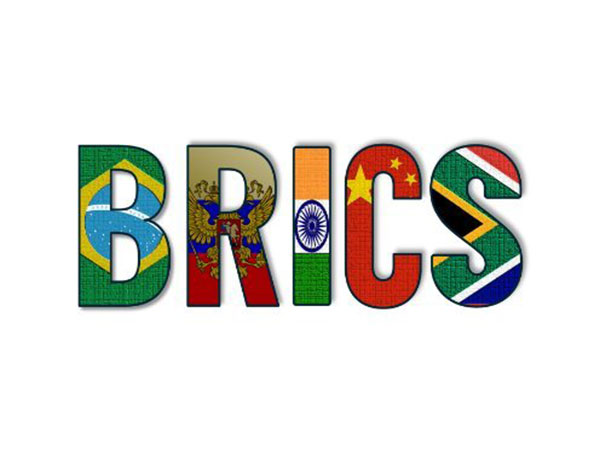The global economic landscape is undergoing a significant transformation with the increasing influence of countries like India and China. A recent report by EY India highlights the rising prominence of the BRICS alliance, which includes Brazil, Russia, India, China, and South Africa. The report points out that the BRICS+ group, which includes additional emerging economies, is rapidly expanding its share in global exports and imports.
India and China, two key members of the BRICS+ alliance, are at the forefront of this transformation. The report projects that by 2030, India will rank third and China will rank first globally in terms of purchasing power parity (PPP). Between 2000 and 2023, the BRICS+ group’s share of global merchandise exports increased significantly from 10.7% to 23.3%. In contrast, the G7 nations experienced a decline in their share, from 45.1% to 28.9%.
According to DK Srivastava, Chief Policy Advisor at EY India, the increasing presence of new members in the BRICS+ group is likely to propel its share in global merchandise exports to surpass that of the G7 by 2026. China has played a crucial role in this shift, with its contribution to BRICS+ exports rising from 36.1% in 2000 to 62.5% in 2023. India has also made progress, accounting for 7.9% of BRICS+ exports in 2023.
The report also highlights the growing significance of high-tech exports from BRICS+ nations. The group’s share of global high-tech exports has surged from 5.0% in 2000 to 32.8% in 2022, indicating a strategic focus on technology-intensive products. This development positions BRICS+ countries as key players in the high-tech market, reshaping the global trade dynamics.
Another significant trend highlighted in the report is the decline in the US dollar’s share as a global reserve currency, dropping from 71.5% in 2000 to 58.2% in 2024. This decline indicates a potential shift towards a more multipolar currency system, with implications for the global financial landscape. As India and China continue to strengthen their positions in the global economy, the influence of the BRICS alliance is set to grow, reshaping the traditional dominance of G7 nations in the international trade arena.
In conclusion, the EY India report underscores the transformative impact of countries like India and China on the global economic landscape. The rise of the BRICS+ group, fueled by the increasing prominence of India and China, is reshaping global trade dynamics. With a projected increase in their share of global merchandise exports and a strategic focus on high-tech products, BRICS+ nations are emerging as significant players in the international market. As the US dollar’s role as a reserve currency diminishes, the global financial system is undergoing a shift towards multipolarity, reflecting the changing power dynamics in the global economy.


























